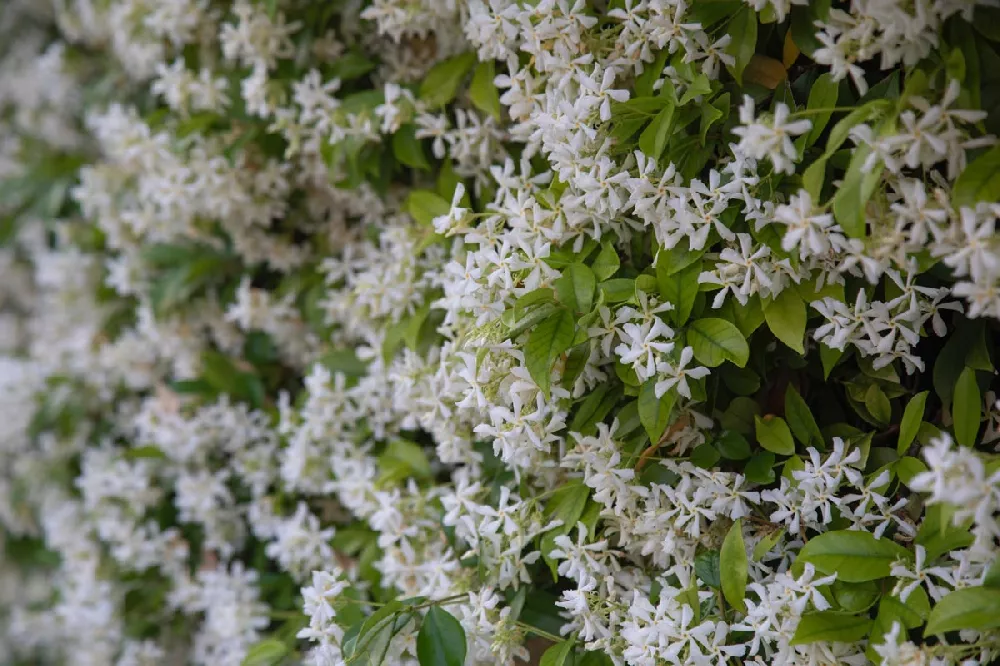Milkweed Plants for Sale - Buying & Growing Guide
- Ships in 1-2 days
- 1-Year Warranty Eligible
- Pots or accessories are not included unless specified in the product options.
Shipping Details:
Products shipped through FastGrowingTrees.com. Once your order is shipped, you’ll receive an email with a tracking number and estimated delivery date. Most orders will ship immediately.
Milkweed Plants provide an attractive garden feature heavily attracting pollinators. This is the only plant Monarch butterflies seek out to lay their eggs on. Features of beautiful colors and wafting fragrant flowers make the Milkweed extremely popular. Here are a few more facts about this plant:
- Native wildflower to the U.S., making it easy to grow
- Hundreds of species to choose from (all kinds of colors)
- Grows as tall as 3-5 feet
Plant Care
Sunlight

Milkweed plants love full sun and are best planted where they will get 6 or more hours of sunlight per day.
Watering
Milkweeds don't need much supplemental watering. Water regularly when they are seedlings and when you are experiencing dry conditions.
Fertilizing

Milkweeds appreciate a light dressing with a balanced 10-10-10 fertilizer in early summer.
Planting and Care
Planting instructions
Milkweed starter plants should be planted in the spring in an area that gets full sun. To prevent the plant from running rampant, it’s recommended to plant it near a windbreak and to pull up new plants in unwanted areas. Because Milkweed is native, it can be planted in almost any soil. The sap in milkweeds can irritate the skin, so gloves are needed to handle them. Loosen up the soil and space each plant 24 inches apart, 6 inches deep.
Watering and nutrients
Water Milkweed plants as needed. Routine watering as needed is recommended. When watering, be sure to direct the water at the base of the plant. Avoid getting the leaves wet to discourage disease. Water your plants in the morning to allow evaporation.
Pollination
Milkweeds are heavy nectar producers, which is why pollinators are attracted to the plant. Butterflies especially find the flowers a place to feast upon. Each night, the flowers produce more nectar. Pollen is stored in the flower in tiny bundles (sacs) inside the flower. These bundles are sticky. When the pollinator lands on the flower, the bundles stick to the leg of the pollinator. The pollen is carried by bees, butterflies, wasps, etc., over to another flower where the pollen gets deposited.
Pruning
Milkweeds need little pruning, but you may want to deadhead flowers once they fade to avoid production of large oval seed pods. The seed pods will disperse seeds throughout your garden, so be aware that you could be overrun by plants the following year.
Pests, diseases, and animals
Unfortunately, Milkweeds have a host of pests (Oleander aphids, beetles, leaf miners, Milkweed Bug, thrips, spider mites) that attack—preserving the eggs laid by Monarch butterflies while treating pests is challenging. Chemicals, hand removal of pests, and using forceful water rinses harm the butterfly eggs. The best natural option is introducing Ladybugs, Lacewings, Syrphid Flies, and Lysiphlebus testaceipes to handle the problem. Fungal infections are common in this plant. To protect the butterfly eggs, the only safe treatment is prevention. Cutting away infected, decayed, and dead parts of the plant helps.
FAQs
Is the sap of the Milkweed toxic to pets and small children?
What colors are the blooms of the Milkweed?
Within the U.S., there are 73 native species of Milkweed. Each of the species is region-specific (grows in a particular part of the U.S.) The color of blooms is dependent on what species the plant is—colors and vibrancy range in whites, pinks, greens, purples, oranges, reds, and yellows. The flower’s petal-shapes also differ among species. Some flowers look like stars, while others have dainty rounded umbels.
Is there a specific Milkweed species Monarch butterflies prefer?
A study done by researchers at Iowa State University’s Department of National Resource Ecology, Management, and Entomology indicates female Monarch butterflies have a preference for certain Milkweeds to lay their eggs on. Survival rates of the Monarch caterpillars feeding on the species of Milkweed they hatched on also indicate what the best Milkweeds were. The top three species include Swamp Milkweed (Asclepias incarnata,) Common Milkweed (Asclepias syriaca,) and Prairie Milkweed (Asclepias sullivantii.)
What zones will Milkweeds do best in?
The Common Milkweed (Asclepias syriaca) grows as a perennial in zones 3-9. Because there are 73 native Milkweed species within the U.S., each species is zone-specific. Referencing the species by its scientific name and then looking at the USDA Hardiness Zone, you will be able to find out if a certain Milkweed species will grow where you are located or not. It’s best to plant species native within your zone.
Do Milkweeds come back every year or die off?
Milkweeds die back to the ground at the end of the growing season or at the first frost. These plants are considered invasive and spread very quickly. It’s important to keep them pruned back to avoid them taking over. In their native habitat, they grow rampant along sides of roads, fences, in fields, and pastures in areas with full sun and very little shade. Most garden plants typically last up to 7 years, whereas Milkweeds live as long as 20 years.








